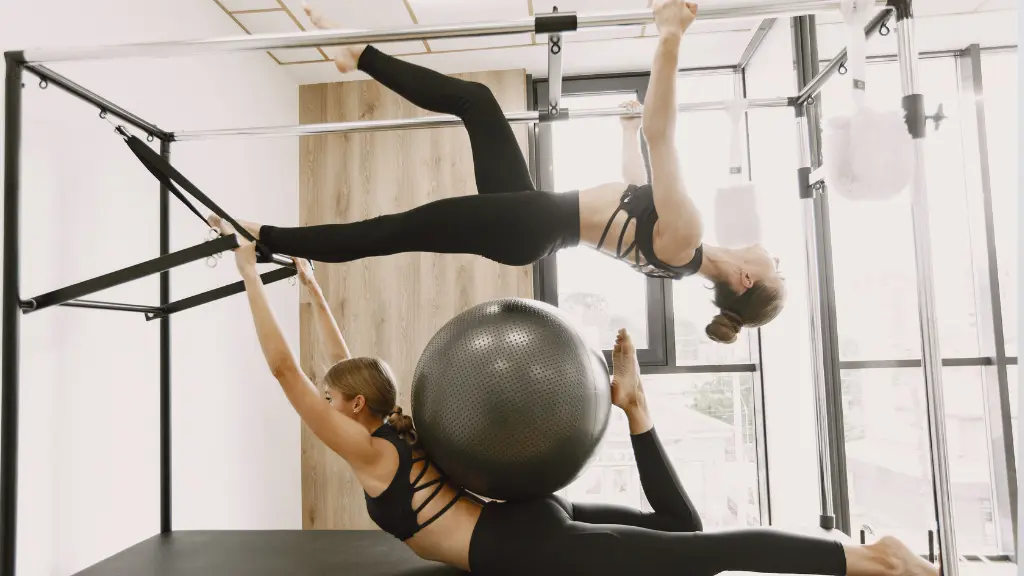Neck pain is a common complaint that affects people of all ages. Whether it’s caused by poor posture, long hours at a desk, or underlying health conditions, neck pain can disrupt your life.
While many focus solely on neck stretches or massages for relief, an often-overlooked solution is core strengthening. A strong core supports better posture, reducing the strain on your neck and alleviating pain.
You May Also Like: Unraveling Dizziness: Causes, Symptoms, and Treatment Options
Why Does Neck Pain Happen?
Neck pain can stem from a variety of reasons, including:
1. Poor Posture
- Sitting hunched over a computer or phone puts excessive pressure on your neck muscles.
- Forward head posture, also known as “text neck,” is a common culprit.
2. Weak Core Muscles
- The core supports your spine and head.
- A weak core can lead to poor alignment, forcing your neck to compensate and bear more strain.
3. Stress and Muscle Tension
- Stress can cause tightness in the shoulders and neck.
- Chronic tension contributes to discomfort and restricted movement.
4. Lack of Movement
- Prolonged sitting or inactivity stiffens the muscles and joints.
- This stiffness can contribute to chronic pain.
5. Injuries or Medical Conditions
- Whiplash, arthritis, or herniated discs can also lead to neck pain.
While these are common causes, strengthening your core can address several of these issues, especially those related to posture and muscle support.
The Link Between the Core and Neck Pain
Your core muscles include the abdominals, obliques, and lower back muscles. They act as the foundation of your body’s stability. A strong core:
- Improves Posture: Proper alignment relieves strain on the neck and shoulders.
- Reduces Muscle Imbalances: Balancing strength in the core prevents overcompensation by the neck muscles.
- Supports Daily Activities: Strong core muscles make movements smoother, reducing strain during tasks like lifting or bending.
Core Exercises to Relieve Neck Pain
Incorporating core exercises into your routine doesn’t require fancy equipment or long hours. Here are some simple yet effective moves:
1. Plank
- How It Helps: Strengthens the entire core and stabilizes the spine.
- Steps:
- Start in a push-up position, resting on your forearms or hands.
- Keep your body straight from head to heels.
- Hold for 20–30 seconds, gradually increasing as you get stronger.
2. Dead Bug
- How It Helps: Engages the deep core muscles without straining the neck.
- Steps:
- Lie on your back with your arms and legs lifted, knees bent at 90 degrees.
- Lower your right arm and left leg toward the floor, keeping your back flat.
- Return to the starting position and switch sides.
3. Bird Dog
- How It Helps: Improves balance and strengthens the back and core.
- Steps:
- Start on your hands and knees in a tabletop position.
- Extend your right arm and left leg straight out.
- Hold for a few seconds, then return and switch sides.
4. Side Plank
- How It Helps: Targets the obliques and promotes better spine alignment.
- Steps:
- Lie on your side, propped up on one forearm.
- Lift your hips to form a straight line from head to feet.
- Hold for 15–30 seconds per side.
5. Pelvic Tilts
- How It Helps: Strengthens the lower abs and reduces spinal tension.
- Steps:
- Lie on your back with knees bent and feet flat on the floor.
- Flatten your back against the floor by tilting your pelvis upward.
- Hold for a few seconds, then relax.
6. Bridges
- How It Helps: Strengthens the glutes and lower back, enhancing overall stability.
- Steps:
- Lie on your back with knees bent and feet flat.
- Lift your hips until your body forms a straight line.
- Lower slowly and repeat.
Other Tips to Complement Core Exercises
While core strengthening is essential, it works best when combined with other strategies:
1. Stretch Regularly
- Incorporate neck stretches to relieve tension.
- Examples include chin tucks and side stretches.
2. Adjust Your Workspace
- Use an ergonomic chair and desk setup.
- Keep your computer screen at eye level.
3. Stay Active
- Avoid sitting for prolonged periods.
- Take short breaks to move and stretch.
4. Practice Stress Management
- Activities like yoga, meditation, and deep breathing reduce muscle tension.
5. Consult a Professional
- If pain persists, see a physical therapist or chiropractor.
Benefits of Core Strength for Overall Health
Strengthening your core not only helps with neck pain but also offers other advantages:
- Better Balance and Stability: Reduces the risk of falls and injuries.
- Improved Breathing: A strong core supports diaphragmatic breathing.
- Enhanced Performance: Boosts efficiency in sports and daily tasks.
When to Seek Medical Attention
While core exercises can alleviate most neck pain, there are instances when professional help is necessary:
- Pain that radiates down the arms.
- Numbness or tingling in the hands.
- Persistent pain despite exercise and rest.
These could be signs of nerve compression or other serious conditions.
Conclusion
Neck pain is often a result of poor posture and weak core muscles. By incorporating targeted core exercises into your routine, you can improve alignment, reduce strain, and find relief. Paired with ergonomic adjustments, regular stretching, and stress management, these exercises offer a holistic approach to tackling neck pain. Start small, be consistent, and experience the benefits of a stronger, pain-free body.
Take Charge of Your Health
A little effort today can lead to a stronger core and a pain-free neck tomorrow. Make core strengthening a priority for your overall well-being.











[…] You May Also Like: Relieve Neck Pain with Core Exercises […]